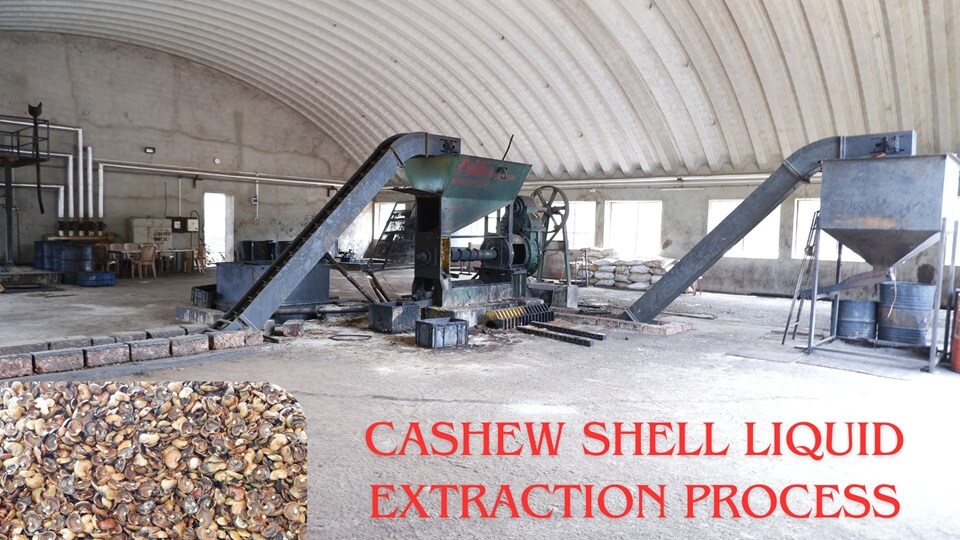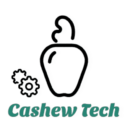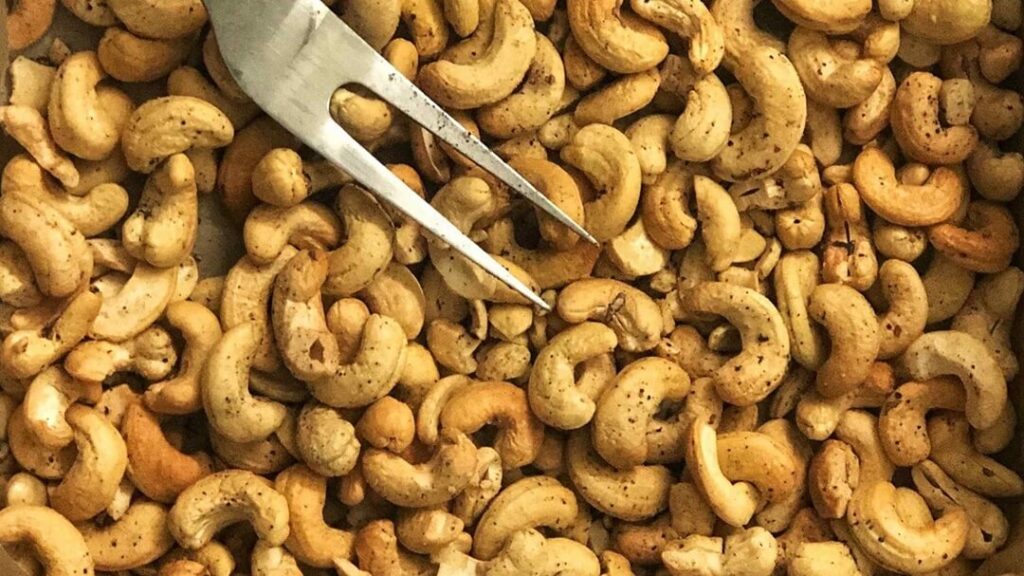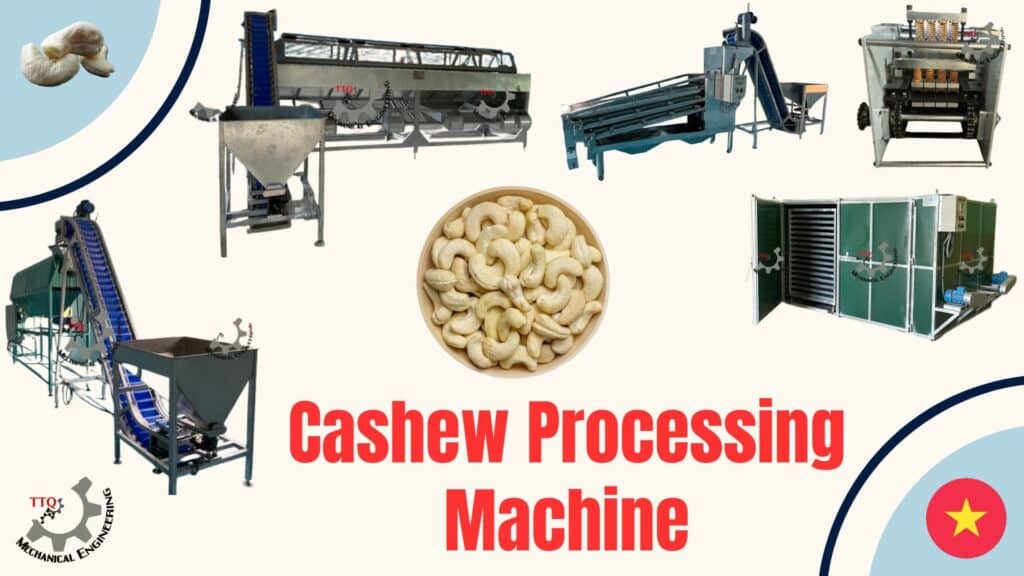The Cashew Shell Liquid Extraction Process: Harnessing a Valuable Byproduct
Cashew nut shell liquid (CNSL) is a versatile and valuable byproduct of the cashew processing industry. This dark, viscous liquid is found in the soft honeycomb structure of the cashew nutshell, accounting for about 25% of the total nut weight. CNSL has numerous applications in various industries, including friction linings, paints, varnishes, laminating resins, and more. In this blog post, we will delve into the cashew shell liquid extraction process and explore its importance in the cashew value chain.

Composition and Properties of Cashew Nut Shell Liquid
Before we dive into the extraction process, let’s briefly overview the composition and properties of CNSL. The main constituents of CNSL are:
- Anacardic acid (60-65%)
- Cardol (15-20%)
- Cardanol (10%)
- Polymeric material (10%)
CNSL has several unique properties that make it valuable for various applications:
- High thermal stability
- Excellent friction and wear resistance
- Good electrical resistance
- Antioxidant and antimicrobial properties
- Compatibility with a wide range of polymers
These properties, along with the renewable and biodegradable nature of CNSL, have sparked growing interest in its extraction and utilization.
Cashew Shell Liquid Extraction Methods
There are two primary methods for extracting CNSL from cashew nutshells:
- Hot oil extraction (thermal extraction)
- Solvent extraction
Let’s explore each method in detail.
1. Hot Oil Extraction (Thermal Extraction)
The hot oil extraction method is the most widely used technique for CNSL extraction. The process involves the following steps:
- Cashew nutshells are heated in a bath of hot vegetable oil (usually cashew kernel oil) at temperatures ranging from 180-200°C.
- The heat causes the CNSL to ooze out of the shells and mix with the vegetable oil.
- The CNSL-oil mixture is then drained and allowed to cool.
- As the mixture cools, the CNSL settles at the bottom due to its higher density, while the vegetable oil floats on top.
- The two layers are then separated using a centrifuge or decantation.
- The extracted CNSL is further refined to remove impurities and achieve the desired quality.
The hot oil extraction method is simple, efficient, and yields high-quality CNSL. However, it does have some drawbacks:
- High energy consumption due to the high temperatures required
- Potential for thermal degradation of CNSL components
- Risk of fire and explosions due to the flammable nature of CNSL and vegetable oil
2. Solvent Extraction
Solvent extraction is an alternative method for extracting CNSL that addresses some of the limitations of hot oil extraction. The process involves the following steps:
- Cashew nutshells are ground into a fine powder to increase the surface area for extraction.
- The powdered shells are mixed with a suitable solvent, such as hexane, petroleum ether, or acetone, in an extraction vessel.
- The mixture is agitated for a specific duration to facilitate the dissolution of CNSL into the solvent.
- The CNSL-solvent mixture is then filtered to remove the shell particles.
- The solvent is recovered from the CNSL using distillation or evaporation techniques.
- The extracted CNSL is further refined to remove any residual solvent and impurities.
Solvent extraction offers several advantages over hot oil extraction:
- Lower energy consumption as it can be carried out at lower temperatures
- Reduced risk of thermal degradation of CNSL components
- Higher extraction efficiency, especially with the use of polar solvents
- Potential for selective extraction of specific CNSL components
However, solvent extraction also has some disadvantages:
- Higher capital and operating costs due to the need for solvent recovery systems
- Potential for residual solvent contamination in the extracted CNSL
- Environmental and safety concerns associated with the use of flammable and toxic solvents
Choosing the Right Extraction Method
The choice between hot oil extraction and solvent extraction depends on various factors, including:
- Scale of operation
- Desired CNSL quality and composition
- Energy and solvent costs
- Environmental and safety regulations
- Available infrastructure and expertise
In many cases, a combination of both methods may be used to achieve optimal results. For example, hot oil extraction can be used for primary extraction, followed by solvent extraction for further purification and fractionation of CNSL components.
Conclusion
The cashew shell liquid extraction process is a crucial step in valorizing a significant byproduct of the cashew industry. By efficiently extracting CNSL from cashew nutshells, processors can create additional revenue streams and contribute to the overall sustainability of the cashew value chain.
As the demand for natural and renewable raw materials continues to grow, the importance of CNSL extraction will only increase. Continued research and development efforts aimed at optimizing extraction processes, improving CNSL quality, and expanding its applications will be key to unlocking the full potential of this versatile bioresource.


